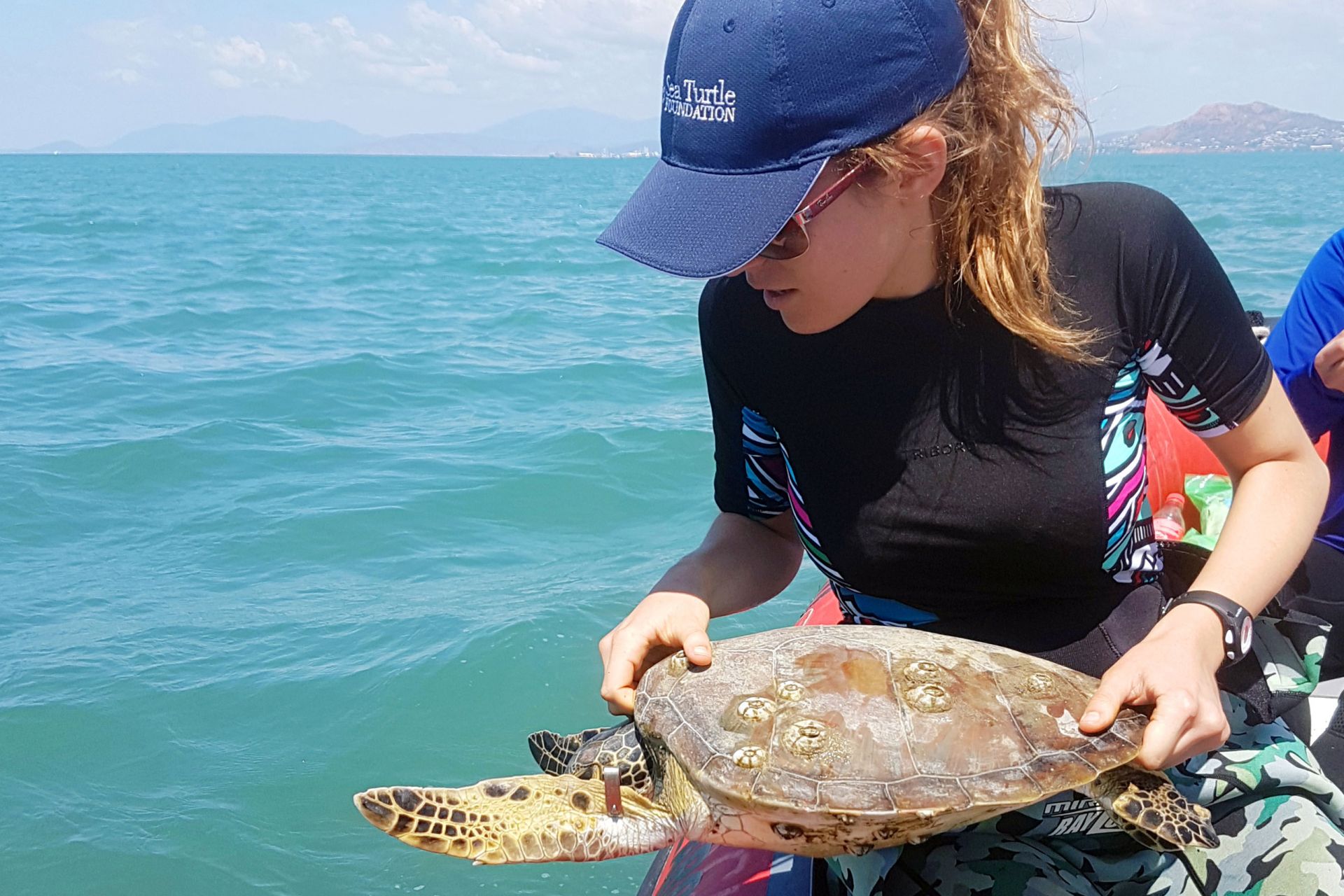Media Releases
Health check upgrade for the world’s wildlife

Scientists have proposed a new way to assess the health of wildlife in biodiversity hotspots, to better protect animals and bolster conservation efforts.
James Cook University JCU PhD candidate Sara Kophamel is the lead author of a new study into wildlife health assessments. She said health assessments should examine multiple health parameters to help identify populations at risk of starvation, disease, and decline.
“The increasing role of emerging diseases that cause wildlife population declines and biodiversity loss is now well recognised and ecosystems are experiencing numerous stressors originating from human activities, which also contribute to poorer wildlife health,” said Ms Kophamel.
A team of scientists examined more than 260 studies on wildlife health that were carried out between 1982 and 2020.
The team found there were some problems with the way many studies were carried out.
“Most studies were carried out in the vicinity of richer countries, as that’s where the funding was sourced from and from where it is easier to access wildlife populations. But most biodiversity hotspots are found in or near less developed countries,” said Ms Kophamel.
She said the targets of the health checks need to be better considered in future work.
“Almost half of the vertebrate species assessed were non-threatened. We found that in the past 38 years of wildlife health studies, there has been an underrepresentation of countries with both high and threatened biodiversity,” said Ms Kophamel.
In response, the scientists have proposed a standardised approach to health assessment methods, including using statistically adequate sample sizes for establishing reference ranges, and incorporating multiple life stages and populations.
“It is not simply a matter of protecting individual species. There is compelling evidence that any stressor which can negatively affect the health of one species will also interfere with the ecological roles of wildlife, hampering ecosystems and conservation efforts more broadly,” said Ms Kophamel.
She said standardised, validated, and multi-disciplinary health assessment methods will significantly benefit wildlife management and conservation planning.
“When implemented, our recommendations will help address the many and varied challenges wildlife populations experience now and in the future.”
Sara Kophamel